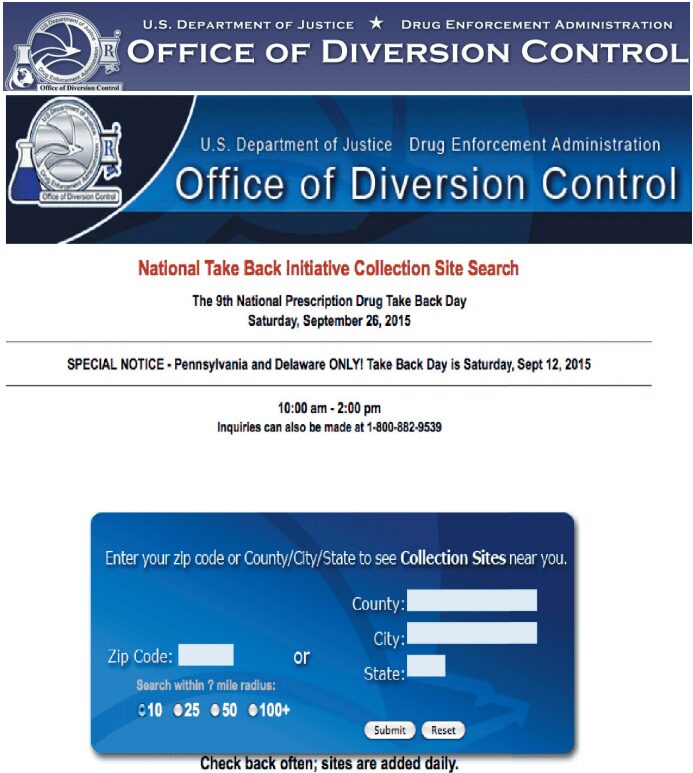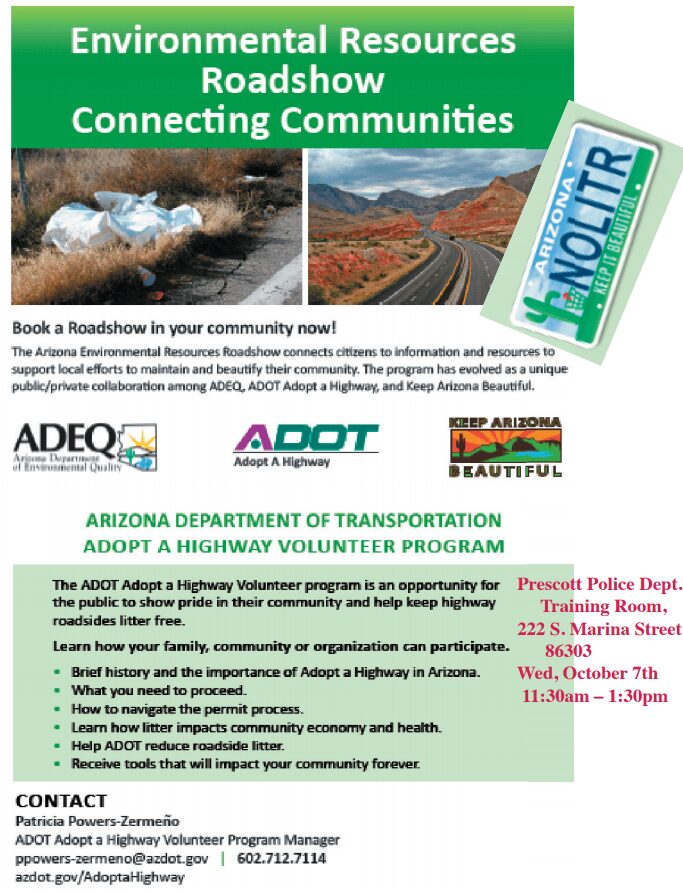1. Verde River Day Celebation This Weekend. erde River Day Celebation This Weekend.
Verde River Day was organized in 1988 to promote awareness of the Verde River’s distinctive riparian habitat, where 85 percent of all wildlife in the area looks for sustenance. All of the activities are at no cost, thanks to the many exhibitors and sponsors.
Some of the day’s events include a climbing wall, organized canoe and kayak rides, sand castle building, and nature-based exhibits. Guests of all ages are welcome to fish in the lagoon stocked with catfish. Poles, bait, and tackle are provided. No fishing license is needed. There will be a wide range of entertainment throughout the day. Go online for more information at http://verdenews.com/main.asp?SectionID=74&Sub SectionID=114&ArticleID=67330
FREE EVENT
9:00 AM – 3:00 PM
Saturday, September 26, 2015
Dead Horse Ranch State Park
Dead Horse Ranch State Park in Cottonwood will celebrate its 27th annual Verde River Day on Saturday, September 26, 2015. Arizona State Parks has waived park entrance fees for all visitors attending the event. All of the activities are at no cost, thanks to the many exhibitors and sponsors.
Verde River Day promotes preservation and care of the environment by showcasing informative exhibits on the Verde’s unique riparian habitat.
Some of the day’s events include a climbing wall, organized canoe and kayak rides, sand castle building, and nature-based exhibits. Guests of all ages are welcome to fish in the lagoon that is loaded with hundreds of pounds of catfish. Poles, bait and tackle are provided for all ages. No fishing license is needed. There will be a wide range of entertainment throughout the day.
Enjoy the best pancake breakfast. Non-Profit Food vendors will be cooking up Indian Fry bread, hot dogs and Hamburgers for nominal fees.
Try pottery making by hand and take your creation home with you. See the live birds and reptiles. For more information about Verde River Day, call (928) 634-5283.
2. Saturday Is National Take Back Day.

Properly dispose of your controlled substances in pill, capsule and caplet forms.
3. Take Advantage of This Oppotunity In The Cool Climes Of Prescott.

4. Arizona Water Resources Available For Teachers – Are you a teacher or educator who wants to incorporate lesson plans on water into your curriculum? Water – Use It Wisely has compiled a website that promotes classroom learning and community engagement. Share the best tools, tips, and other resources from Arizona Project WET, City of Phoenix Water Services Department, Central Arizona Project, and others. Water – Use it Wisely is one of Tucson Water’s partners in sharing awareness of water efficiency and highlighting the importance of water in our daily lives.
Water – Use it
Wisely: http://bit.ly/1PoZEuX
Tucson Water: http://1.usa.gov/1uo8uPh
5. Shred-It Event This Weekend – The next Shred-It service will take place Saturday at Sacred Heart Church, 601 E. Fort Lowell Road, Tucson from 8-11 a.m. Individuals may bring two boxes of documents to be shredded on site. A $5 donation is suggested to benefit Emerge! Center Against Domestic Abuse and Lend A Hand Senior Assistance. The Shred-It event is hosted by Vice Mayor Karin Uhlich and Pima County Constable Bennett Bernal. http://1.usa.gov/1YDKKqQ
6. Ancient Petroglyphs Find New Home At Lake Pleasant . The Lake Pleasant Regional Park Discovery Center recently received a new entry feature – a petroglyph boulder with a quite a story behind it. The boulder had been sitting in CAP’s corporation yard for years until a retired Bureau of Reclamation employee recognized its significance. The Hohokam most likely created many of the petroglyphs, although the Hopi and Yavapai may have contributed to the panels. It’s guessed that the petroglyphs are 500-1,000 years old.

Petroglyph-Boulder-Move-02The boulder was originally sited on the edge of a terrace overlooking the Agua Fria River during a BOR park survey in the 1990s. It contains 65 petroglyph panels and its location on the terrace edge overlooking the river suggested it had some special significance. In 2003, the boulder was found on the floodplain below the terrace and two months after that, it disappeared completely. As a significant cultural resource located on federal property, the boulder was covered under the Archaeological Resource Protection Act and so, the Bureau of Land Management, BOR and the Maricopa County Sheriff’s Office opened an investigation. Petroglyph-Boulder-Move-22
Following an anonymous tip, it was determined that the boulder had, in fact, been stolen. The boulder was recovered from private property and CAP assisted BOR in recovering the boulder and returning it to CAP headquarters. It remained there until finding its new home – where it is set to stay and be enjoyed by those visiting Lake Pleasant
7. Celebrate a Century of Sevice!

8. Cloud Seeding Viable Option To Ward Off Drought. Drought threatens Arizona’s future and researchers have their eyes to the sky and their hopes in the clouds.
The idea is to boost the Colorado River flow by building snowpack and rainfall by seeding clouds. So far, researchers seem pleased with the results. Water augmentation efforts are not new, and there are multiple options that states can use to increase their amount of drinking water from importing it to the much more expensive desalinization process

Discovered in 1946 by Vincent Schaefer, cloud seeding is the attempt to enhance the amount of precipitation a cloud would naturally produce on its own. Particles are released into targeted clouds to provide a nuclei, the ‘seed’, for moisture to condense around. The most common particles used are silver iodide, dry ice and more recently salt.
“[Silver iodide] is very good at forming ice,” said Armin Sorooshian, an associate professor at the University of Arizona, who studies and conducts research on aerosol particles in the atmosphere.
Silver iodide can mimic the structure of a snowflake, which makes it ideal for attempts to increase snowpack. The Weather Modification Association asserts that research shows silver iodide has no negative environmental effects.
The Central Arizona Project, an aqueduct that diverts water from the Colorado River into central and southern Arizona, has allotted $150,000 of its 2014-2015 budget to weather modification efforts in the Colorado Basin.
According to Ryan, cloud seeding programs have been expanding in both frequency and locations over the past 20 years that he’s been working in the field.
According to a nine-year study released last year by the Wyoming Weather Modification Pilot Project, a seeded cloud produces five to 15 percent more precipitation than a non-seeded cloud under ideal conditions. The range can be effected by geographic differences from site to site and other variables
But it is difficult to determine exactly how much more a seeded cloud produces because of difficulties measuring the increase, and proving that it was the seeding that caused the increase in the first place. Source: http://arizonasonoranewsservice.com/cloud-seeding-viable-option-ward-off-drought/
